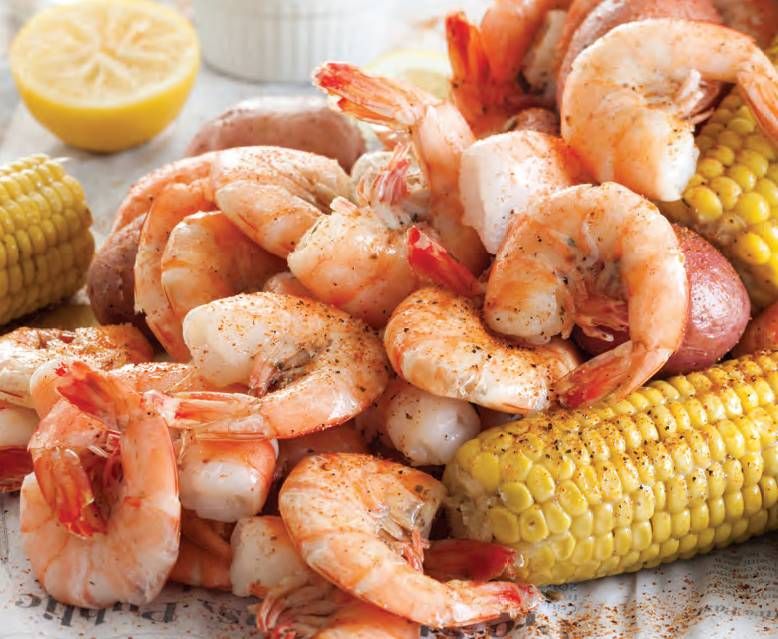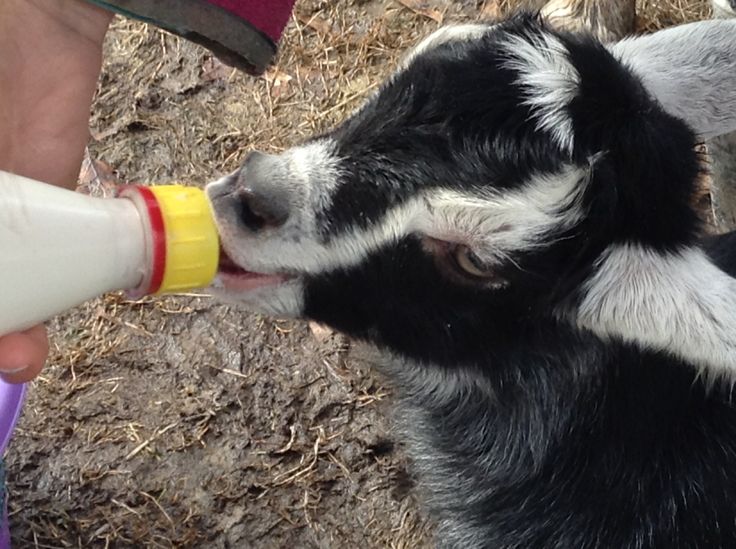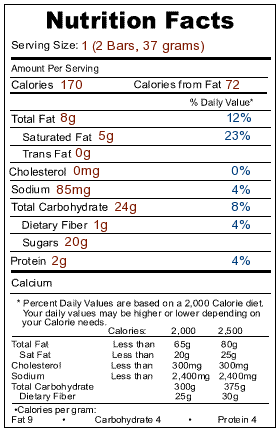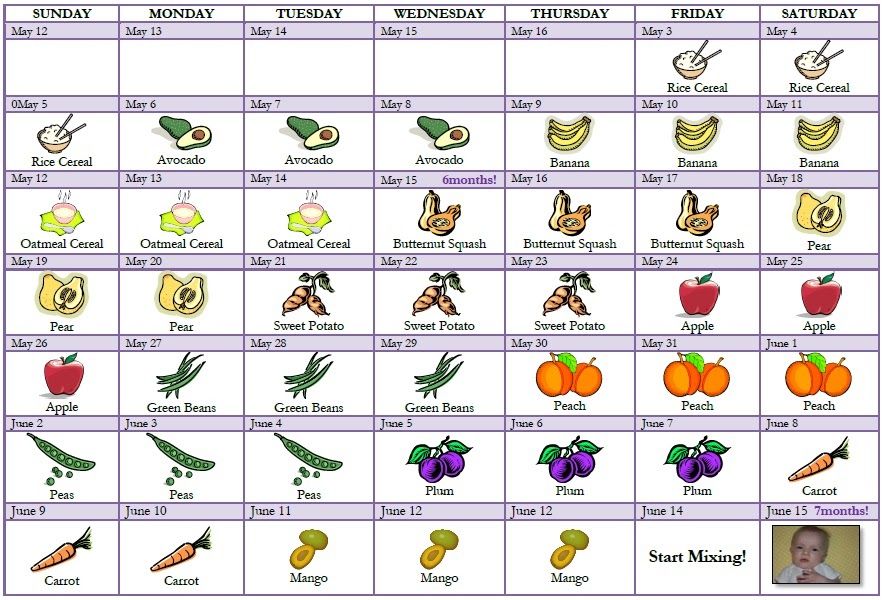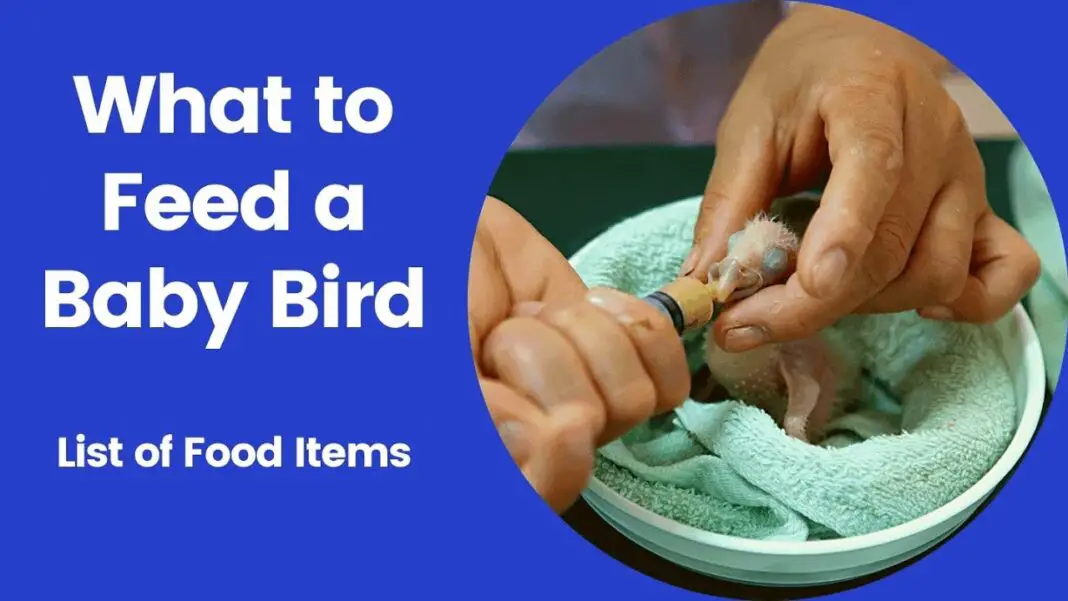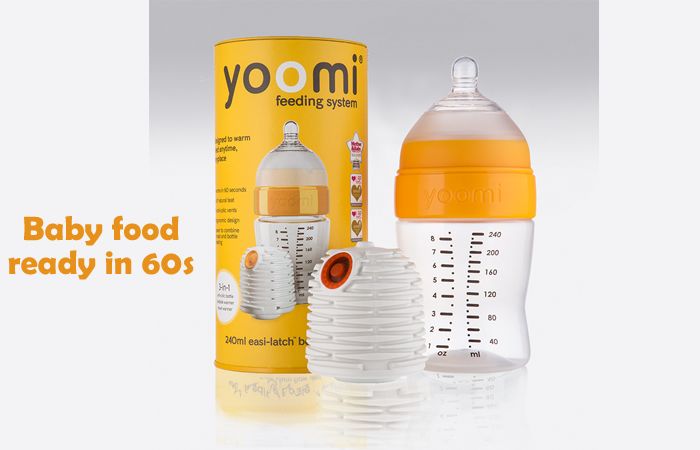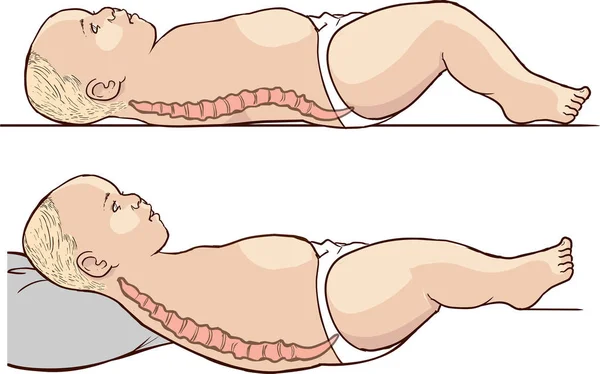Baby trout food
Fish Feeding – Trout in the Classroom
Curious about what to feed your trout? Which brand of fish meal is best? A recent study by the Pennsylvania Fish and Boat Commission ranks Bio-Oregon as the best food for trout fry.
Feeding trout can be a difficult job when you’re first starting out. It’s hard to know how much is too much, and how much is not enough. Furthermore, it’s dangerous for the fish to both underfeed and overfeed. Underfeeding starves them so they cannot become strong, and overfeeding can lead to serious ammonia problems. At the end of the feeding, the small fry should have full bellies, and in general your trout should look strong and healthy. There is a detailed set of guidelines below.
A summary is as follows:
Swim up stage -.01 ounce of food per fish ( times number of fish) (for How long? until most reach 1 inch in size)1 inch or or more in size -.05 ounce of food per fish – multiply by number of fish (switch to size 1) More than 1 1/2 inches – . 12 ounce per fish – multiply by number of fish (switch to size 2) More than 2 1/2 inches – .38 ounces per fish – multiply by number of fish. It is also important to clean up any leftover food after every feeding. If you see leftover food after about ten minutes or so, use a net or vacuum to take it out of your tank. Replace any water you’ve lost in the cleaning process.
Trout Feeding Guidelines
By Scott Covert, Debruce Hatchery
Your food comes in three different sizes…smallest to largest, 0 to 2. Start feeding with the bag marked 0’s, then 1’s, then 2’s. The food is perishable, so keep the bags sealed and in a cool, dark place, a refrigerator if possible.
First Feeding: Size 0 (meal)Timing: Your hatchlings do not require feeding for 7 to 14 days after hatching. They will feed from their yolk sac as they stay low, at the bottom of the hatching basket. When you see the first hatchling begin to rise off the bottom of basket, you can start providing miniscule amounts of food.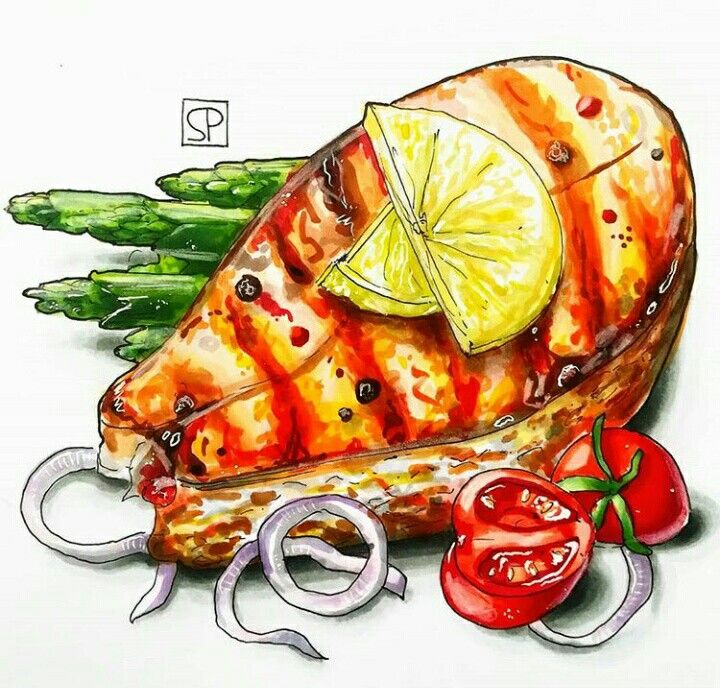 Much of this first food will go un-eaten, but by providing it to the developing fish, it will be there when they’re hungry. This is important. Food must be available to fry when they first want to eat. However, you must also remember that at first they are feeding on microscopic organisms in the tank that we cannot see or detect. This will provide some of their early nutrition. NOTE: There WILL be a small mortality rate as the fish start to feed…some hatchlings just never begin eating, and pass away.
Much of this first food will go un-eaten, but by providing it to the developing fish, it will be there when they’re hungry. This is important. Food must be available to fry when they first want to eat. However, you must also remember that at first they are feeding on microscopic organisms in the tank that we cannot see or detect. This will provide some of their early nutrition. NOTE: There WILL be a small mortality rate as the fish start to feed…some hatchlings just never begin eating, and pass away.
When your fish reach about 1″ in length, it is time to switch to Size 1. When your fish reach about 1 1/2″ in length, it is time to switch to Size 2.
NOTE: Because it is easy to run out of size 2 food at the end of the year, and because size 1 and size 2 are about the same, we recommend finishing size 1 before moving onto size 2. Quantity: When born, your hatchlings are very small. Assuming 200 baby fish feed them approximately the following amount of food each day–interpolate as needed: First feedings, fish still in hatch box: feed very little food.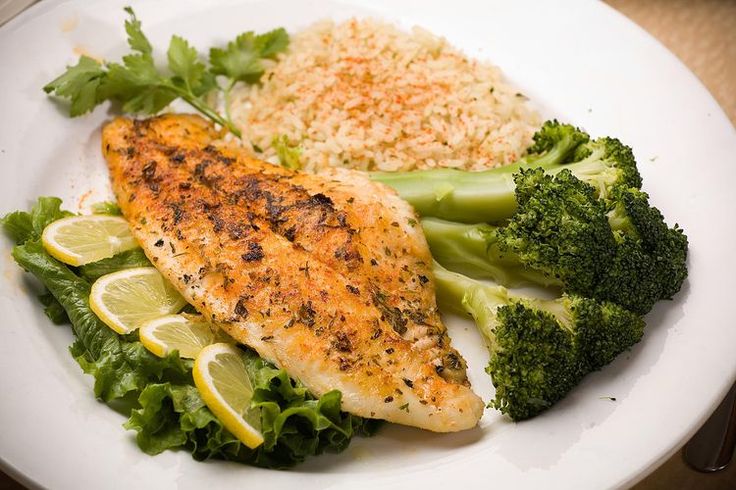 Fish just out of hatch box: 0.34 grams (0.01 oz) of food. Fish = approx. 1″: 1.36 grams (0.05 oz) of food. (Switch to size 1 now).Fish = approx. 1 1/2″: 3.4 grams (0.12 oz) of food (Switch to size 2 now).Fish = approx. 2 1/4″: 10.9 grams (0.38 oz) of food (Fish ready for release).Many teachers prefer to feed their trout very small amounts of food a few times a day. You can easily divide the daily amount over two or three feedings. NOTE: You can calculate feeding amounts quite precisely, but this is unnecessary. The formula is below for those if you are interested. The 0’s and 1’s need to be sunk down to the fish, because the oil added to the food will cause it to float. A small plastic paddle will work fine. When the food is introduced to the water directly above the fish a slight back and forth motion should get the food to sink. It is important NOT to overfeed your fish. Wasted food will degrade water quality. If you start to see clumps of dull yellow forming on the bottom or sides of your tank, gently remove it with your net.
Fish just out of hatch box: 0.34 grams (0.01 oz) of food. Fish = approx. 1″: 1.36 grams (0.05 oz) of food. (Switch to size 1 now).Fish = approx. 1 1/2″: 3.4 grams (0.12 oz) of food (Switch to size 2 now).Fish = approx. 2 1/4″: 10.9 grams (0.38 oz) of food (Fish ready for release).Many teachers prefer to feed their trout very small amounts of food a few times a day. You can easily divide the daily amount over two or three feedings. NOTE: You can calculate feeding amounts quite precisely, but this is unnecessary. The formula is below for those if you are interested. The 0’s and 1’s need to be sunk down to the fish, because the oil added to the food will cause it to float. A small plastic paddle will work fine. When the food is introduced to the water directly above the fish a slight back and forth motion should get the food to sink. It is important NOT to overfeed your fish. Wasted food will degrade water quality. If you start to see clumps of dull yellow forming on the bottom or sides of your tank, gently remove it with your net. You can also use a small siphon, but use care not to suck up your “kids”. When the fish get larger and you switch over to size 2, you will be able to see them actively feeding more than you will with sizes 0 and 1.Be sure to take out dead fish.Keep your food in a dark place out of direct sunlight (in a refrigerator, if possible).When you are about to run out of one size of food, mix a little of what’s left into the next size larger before switching.It is better to feed less food, more often, than a lot of food all at once.
You can also use a small siphon, but use care not to suck up your “kids”. When the fish get larger and you switch over to size 2, you will be able to see them actively feeding more than you will with sizes 0 and 1.Be sure to take out dead fish.Keep your food in a dark place out of direct sunlight (in a refrigerator, if possible).When you are about to run out of one size of food, mix a little of what’s left into the next size larger before switching.It is better to feed less food, more often, than a lot of food all at once.
A Note About Enthusiastic Help: Every year, many schools enlist the assistance of security and maintenance staff members to feed the fish on the weekends and holidays. They, as most of us, often become great fans of the fish, and are soon spending their breaks watching…and yes…feeding the children. People with different schedules, feed the fish unaware that others are doing the same. You might want to warn these fans about over-feeding and have a sheet of paper near the tank so they can track how often the fish have been fed.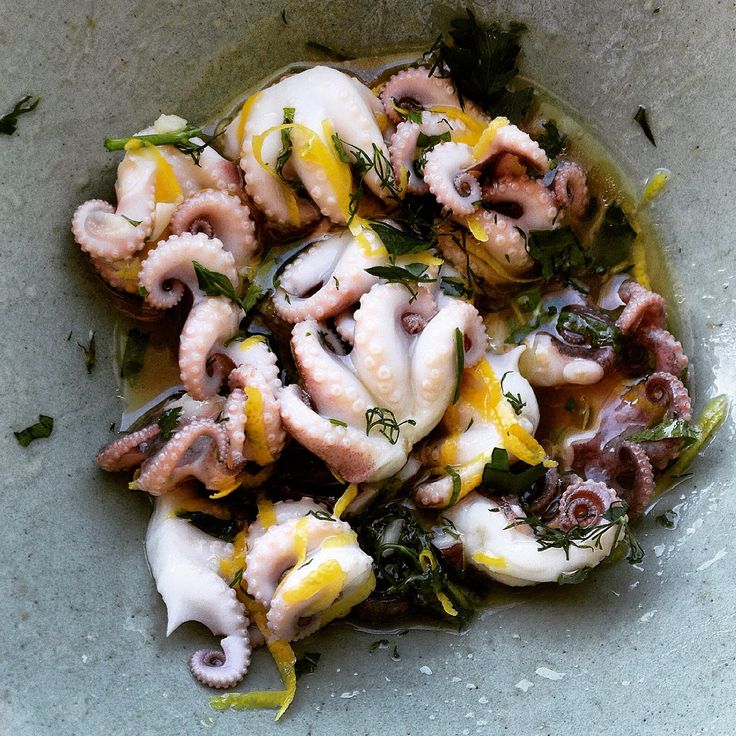
Calculating Food Quantity: The formula is simple. 1
——– x 0.03 = weight of food needed to feed fish in POUNDS
(P/N)Where
P = Number of fish per pound
N = Number of fish in tank
EXAMPLE: At birth, your fish will weigh about 8000 to the pound. If you started with 200 eggs, they will require only 0.012 ounces or 0.34 grams per day. They will reach about 1″ before you need to move up to size 1, by then they will weigh about 2000 to the pound (bigger fish, less per pound), and will require about 0.048 ounces or 1.36 grams of food. Approximate number of fish per pound…based on average length:
At Birth: 8000
At 1″: 2000
At 1 1/2″: 800
At 2 1/4″: 250
What Do Baby Trout Eat?
insect larvae.
Young rainbow trout feed mostly on insect larvae and other tiny things like that. As they grow older, they will supplement their diet with fish eggs. Also mayflies, snails and most other forms of aquatic life that share their habitat with them.
What do you feed small trout?
They also need a food source, aquatic insects (aquatic macroinvertebrates). These baby brook trout are about four months old and will be released into an approved stream as part of the Trout in the Classroom and Trout Grow on Trees programs. They love to eat, and we hope to soon feed them real insects!
What can I feed trout?
In the wild, adult trout feed on aquatic and terrestrial insects, molluscs, crustaceans, fish eggs, minnows and other small fishes, but the most important food is freshwater shrimp, containing the carotenoid pigments responsible for the orange-pink colour in the flesh.
What is the best food to feed trout?
Trout eat a host of aquatic insects, terrestrial insects, other fish, crustaceans, leeches, worms, and other foods.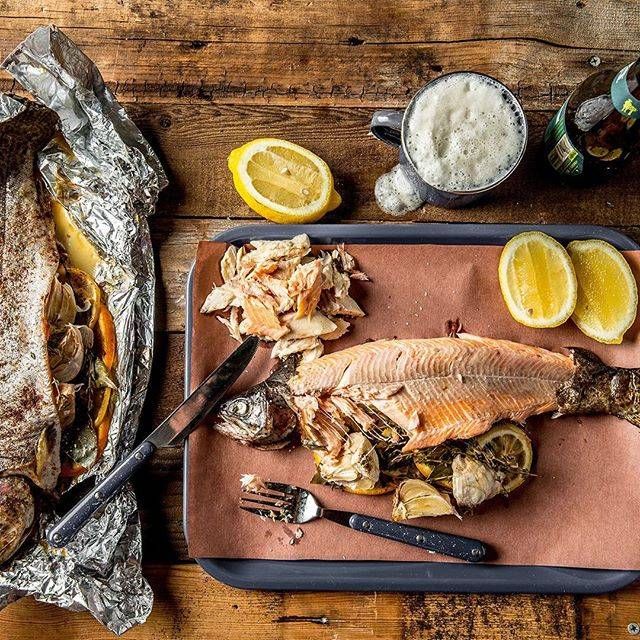 The food items that are most important to trout and fly fishers are the aquatic insects that spend most of their life cycles underwater in rivers, streams, and stillwaters.
The food items that are most important to trout and fly fishers are the aquatic insects that spend most of their life cycles underwater in rivers, streams, and stillwaters.
What should I feed my trout fry?
Fry and fingerling trout require a higher protein and energy content in their diets than larger fish. Fry and fingerling feed should contain approximately 50 percent protein and 15 to 20 percent fat. Feeds for larger fish typically contain 38 to 45 percent protein and 10 to 18 percent fat.
How do you take care of baby trout?
Trout prefer clear water; apply about 1,000 pounds of agricultural lime or agricultural gypsum per surface acre of water to keep the water clear. Apply the lime or gypsum weekly until the water is clear. Place a screen or grate over the exit stream in the pond to prevent trout from escaping.
Can trout eat bread?
Trout in parks, have learnt to eat bread, and this is one of the best places to catch trout on it.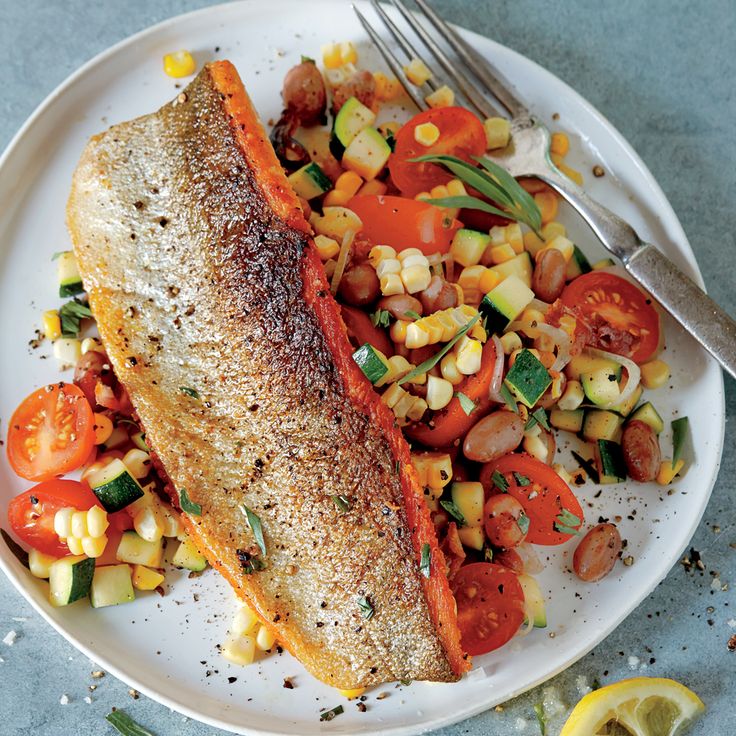 Bread also works quite well to catch recently stock trout. This is because stock trout are use to eating fish pellets which contain a high percentage of grain.
Bread also works quite well to catch recently stock trout. This is because stock trout are use to eating fish pellets which contain a high percentage of grain.
How long can trout live without food?
* It is advisable to restrict feeding to 1-3 times per week when the water temperature is less than 45oF or greater than 68oF. Only feed as much as the trout will consume in a few minutes. If you see these signs, discontinue feeding immediately. Trout can survive a month or more without any feed.
Can I raise trout at home?
Along with tilapia, catfish, and bass, trout is a popular fish to raise for consumption, and you can do so fairly easily using a home aquarium. Afterwards, you can enjoy them in your meals or transfer them into a new aquatic environment if you have plans to move them to market.
What do baby rainbow trout eat?
What Do They Eat? Young rainbow trout first eat waterfleas and then add aquatic (water) insects, like caddisflies, mayflies, and midges, to their diet.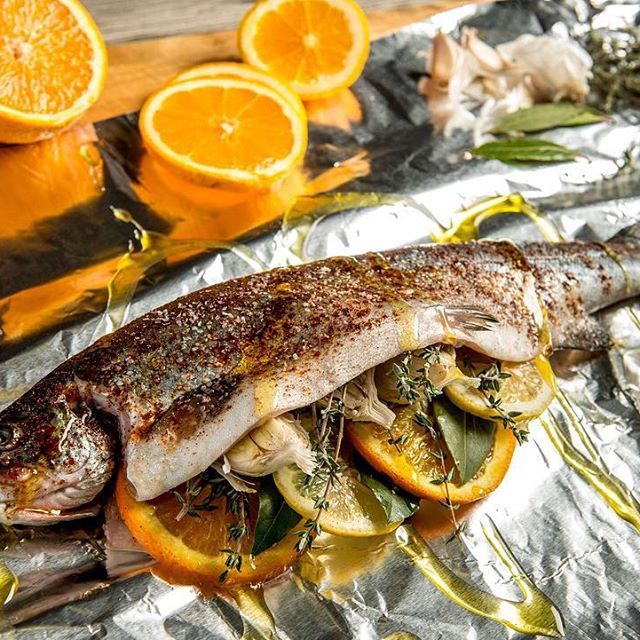 As they grow larger they include small fish, but continue to consume larval and adult insects.
As they grow larger they include small fish, but continue to consume larval and adult insects.
Can trout eat dog food?
Tips and tricks. They love the cornmeal that is used in dog food. Corn meal is used in the hatcheries.
Do trout eat chicken?
One day I fished a dam stocked with trout. I ran out of bait and before I left I decided to bait up with spiced chicken which I never intended to use in fresh water. I was amazed at the results – 3 trout in 3 casts! It seems everything likes chicken!
Can you over feed trout?
Do not overfeed. Once feed settles to the bottom of the tank, small trout will ignore it. Excess feed reduces water quality and promotes disease. Remove any excess feed promptly.
What do trout eat at the hatchery?
The food trout are fed in the hatchery is made mostly of fish meal.
How fast do trout grow in a hatchery?
One to two weeks after hatching–they’re about a half-inch long when born–the fry are put into their own 100-foot section of one of the raceways. Once in the general population, Adams said, the trout will grow approximately a half-inch to three-quarters of an inch in length per month.
Once in the general population, Adams said, the trout will grow approximately a half-inch to three-quarters of an inch in length per month.
How fast do trout grow in a pond?
Growth rate. Trout can be expected to grow about 1 inch in length per month during the spring and summer growing season until they are consuming 70 percent of the food capacity in natural waters. In winter, when temperatures are less than 50o, growth will be noticeably slower.
Can you give a baby trout?
When can babies eat trout? Trout may be introduced as soon as baby is ready to start solids, which is generally around 6 months of age. Steelhead trout and farmed rainbow trout are rated as a “best choice” in our guide, Best & Worst Fish for Babies.
How do you keep trout alive in a pond?
Maintaining Your Trout Pond Trout also need running water or water flow to maintain a natural lifestyle. There also needs to be depth in your pond to ensure oxygen can get deep enough if you live in an area where ice may form in the winter. Proper Pond Aerator will assure adequate oxygen.
Proper Pond Aerator will assure adequate oxygen.
Why do trout eat corn?
Many fish pellets even contain corn pulp, so they might even have a somewhat familiar scent. It just so happens, a couple of corn kernels is about the same size as a fish pellet. Stock trout are usually hungry, so they are going to grab at anything which looks like food. Not, all trout confuse corn for pellets.
Will trout eat cheese?
Only trout truly know why they eat cheese, but it is easy to speculate several reasons why they are attracted to it. Firstly cheese is high in fat and protein, both essential parts of a trout diet. Due to the high fat content, trout might even enjoy the taste. So cheese is a nutrient and energy dense food.
Is corn harmful to trout?
“Studies have shown that it has no harmful effects on fish or their digestive processes. ‘ Keep in mind though, fishing with corn should not be used for catch and release fishing. Trout and other fish easily swallow a hook baited with corn and trying to remove a hook from its gut will likely cause the fish to die.
Trout and other fish easily swallow a hook baited with corn and trying to remove a hook from its gut will likely cause the fish to die.
Lorraine Wade
Lorraine Wade is all about natural food. She loves to cook and bake, and she’s always experimenting with new recipes. Her friends and family are the lucky beneficiaries of her culinary skills! Lorraine also enjoys hiking and exploring nature. She’s a friendly person who loves to chat with others, and she’s always looking for ways to help out in her community.
Trout in baby food
Feature : allergen. In the children's diet is recommended to enter after three years.
Trout are bred on fish farms and in natural conditions.
It is grown in salty - the coast of Canada, Chile and Norway, as well as in fresh waters. A very interesting fish. She can change her lifestyle and appearance, feels great in both fresh and salt water. Trout meat can be red or white, and the taste is always unique and exquisite.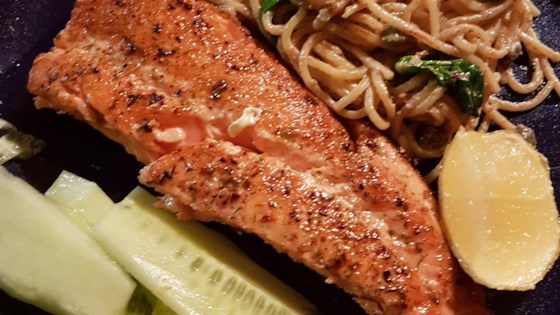 nine0003
nine0003
100 grams of trout contains 88 kcal
| Vitamins | Macronutrients | Microelements |
| Vitamin PP (Niacin equivalent) - 2.905 mg | Chlorine - 165 mg | Zinc - 0.7 mg Chromium - 55 mcg Fluorine - 430 mcg Molybdenum - 4 mcg Nickel - 6 mcg |
Trout meat is very delicate and is used in many dishes. It contains many useful substances that are indispensable for the human body. nine0003
Composition and nutritional properties of trout
100 g of trout contains:
- Proteins - 17.5 g
- Fats - 2 g
- Water - 70 g
Read also: 3 delicious fish recipes
Useful properties of trout
Experts have proven that people who regularly eat trout are in a great mood.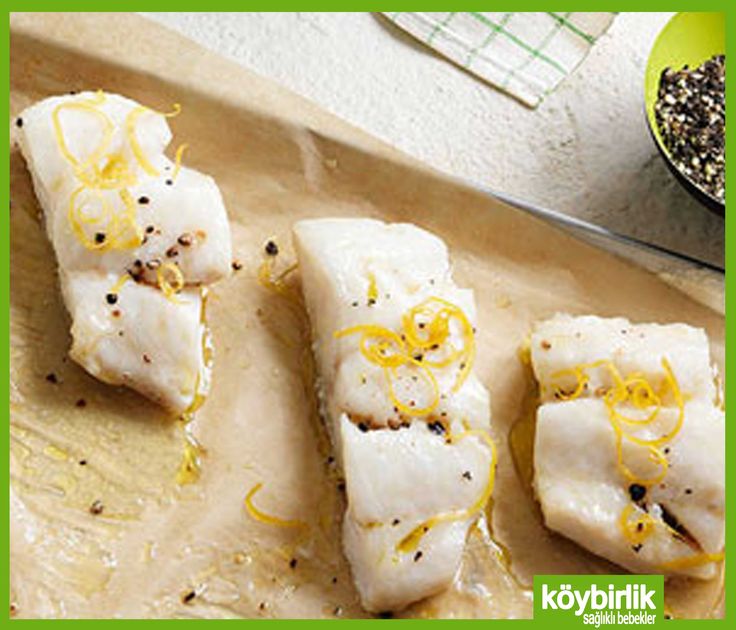 Thanks to its useful substances, meat does not allow toxins and toxins to accumulate in the body. Trout contains a lot of phosphorus, which is very useful for the brain. Due to the presence of polyunsaturated fatty acids and omega-3 in the composition of trout meat, the level of cholesterol in the blood is regulated. nine0003
Thanks to its useful substances, meat does not allow toxins and toxins to accumulate in the body. Trout contains a lot of phosphorus, which is very useful for the brain. Due to the presence of polyunsaturated fatty acids and omega-3 in the composition of trout meat, the level of cholesterol in the blood is regulated. nine0003
Also present are minerals such as phosphorus, calcium, vitamins A, D, B12.
Contraindications for use
Mercury is present in some types of trout, so this fish should not be abused by pregnant and lactating women. Also, experts advise limiting the use of this fish to people with liver disease, stomach ulcers and duodenal ulcers.
Trout for children
Trout is undoubtedly very useful for the child's body, but it is not advisable to give this fish to a child under three years of age. This is due to the fact that it contains a lot of fat. In addition, it can cause allergies.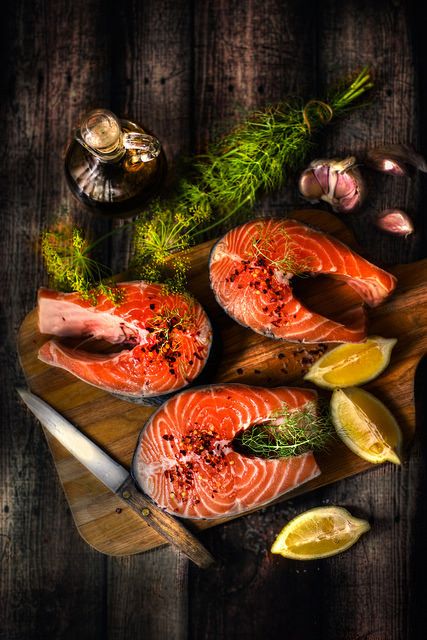
Preparation and consistency
After three years, you can try to give the child boiled or steamed trout. Be sure to remove the bones.
Trout recipes for kids
Trout and pangasius fish cakes - from 3 years old
Need:
- Trout fillet - 1 pc.
- Pangasius fillet (aka sea tongue) - 1 pc.
- White loaf crumb
- Milk - 200 g
- Salt
Preparation:
Grind the fish and pangasius fillet with a blender, knead the loaf in milk, mix with the fish and salt. Then you need to form cutlets and fry them in vegetable oil.
Spicy trout - from 3 years old
Need:
- Trout - 2 pcs. 300 g each
- Basil - 1 bunch
- Parsley - 1 bunch nine0081 Cilantro - 4 sprigs
- Mint - 2 sprigs
- Lemon peel - 1 pc.

For sauce:
- Vegetable oil - 2 tbsp. spoons
- Soy sauce - 1 teaspoon
- Sugar - 1 teaspoon
- Lemon juice - 2 tsp
Preparation:
You need to prepare two sheets of foil and put on each basil, parsley, cilantro, mint. Put the fish on top and sprinkle it with lemon zest. nine0003
Sauce: Displace vegetable oil, soy sauce, sugar, lemon juice. Drizzle over fish and wrap in foil. Bake for 25 minutes at 220 degrees. You can serve directly in foil, decorating with basil leaves on top.
Finnish fish soup - from 3 years
Need:
- Sea trout - 500 g
- Potatoes - 4-5 pcs.
- Red onion - 1 pc. nine0082
- Milk - 400 ml
- Wheat flour - 1 tbsp. spoon
- White pepper
- Salt
- Lemon juice (a few drops)
Preparation:
Cut the potatoes into large cubes, the onion into half rings and cook them for 10 minutes over low heat. Cut the trout into pieces and add to the vegetables, sprinkle with lemon juice, pepper, cook for another 10 minutes. Mix the flour with milk thoroughly and pour into the soup. Bring to a boil and remove from heat. Serve with greens. nine0003
Cut the trout into pieces and add to the vegetables, sprinkle with lemon juice, pepper, cook for another 10 minutes. Mix the flour with milk thoroughly and pour into the soup. Bring to a boil and remove from heat. Serve with greens. nine0003
Bon appetit!
Read more recipes in the Baby food section
About when to introduce new foods into the baby's diet, about the beneficial properties of these products and how to diversify the baby's menu with new dishes, read the Encyclopedia of Baby Food
Boiled trout for baby food - a step-by-step recipe with a photo. The author of the recipe is Evgeniya S 🇬🇧Ambassador .
nine0002 Evgeniya S 🇬🇧Ambassador @Zahar2020 #premiumchildren's recipes #cooksnap . We all know that children need to be fed healthy food. What a child eats determines his future development. The menu of baby food necessarily includes fish, you need to cook it not only on Thursdays (those who lived in the USSR will understand), but three times a week.